

How climate change fuels extreme weather
Climate change has been linked to an increase in the frequency and intensity of various extreme weather events across the globe, through a complex set of mechanisms that alter the Earth's atmospheric and oceanic conditions. The primary driver of extreme weather events is the increase in global average temperatures due to human-induced greenhouse gas emissions, such as carbon dioxide (CO2) and methane (CH4). Some of the types of extreme weather happening due to climate change include the following.
Warmer atmosphere
As greenhouse gasses trap heat in the Earth's atmosphere, the overall temperature of the planet rises. A warmer atmosphere holds more moisture, leading to increased evaporation from oceans, lakes, and land surfaces.
Heatwaves
Climate change contributes to heatwaves by raising global temperatures, increasing the frequency of extreme heat events, prolonging their durations, and promoting the persistence of high-pressure systems that trap warm air over regions. Heatwaves have significant consequences, including health risks, heat-related illnesses, and strain on infrastructure and energy systems. Additionally, they can lead to gradual effects like drought and wildfires, further exacerbating their impacts. Urban areas may experience even higher temperatures due to the urban heat island effect, intensifying the heatwave's effects on urban populations.
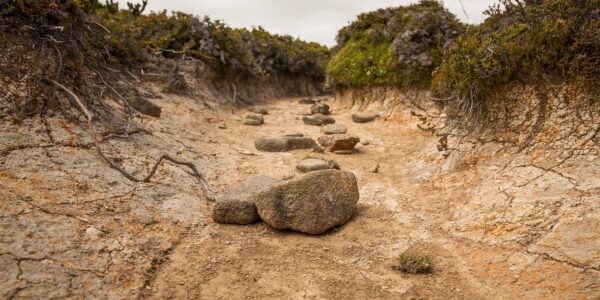
Heavy rainfall and flooding
Climate change accelerates the earth’s water cycle by warming the atmosphere, causing increased evaporation and higher atmospheric moisture levels. This results in more intense rainfall events and an elevated risk of severe flooding. These events have far-reaching consequences, including property damage, community displacement, disruptions to transportation and utilities, economic losses, and environmental harm.
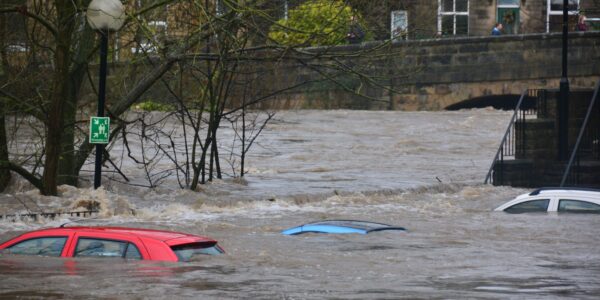
More powerful storms
Climate change intensifies storms, especially tropical storms and hurricanes, by warming oceans, providing more energy for their formation and intensification. This leads to more powerful storms with higher wind speeds, increased potential for wind damage, heavier rainfall, and greater destructive potential. Rising sea levels also contribute to storm surge, exacerbating coastal flooding. These changes have significant impacts on vulnerable communities, infrastructure, and ecosystems.
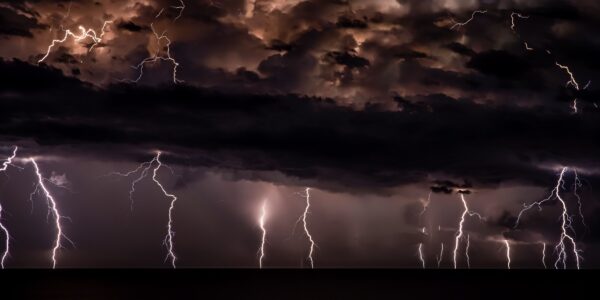
Storm surges
Climate change contributes to more impactful storm surges by raising sea levels through the melting of glaciers and ice caps and the expansion of seawater due to higher temperatures. This amplifies the impact of storm surges during hurricanes and tropical storms, resulting in more severe coastal flooding, damage to infrastructure, erosion, and displacement of communities. The economic and environmental consequences are significant, and the long-term trend of rising sea levels will continue to worsen these impacts.
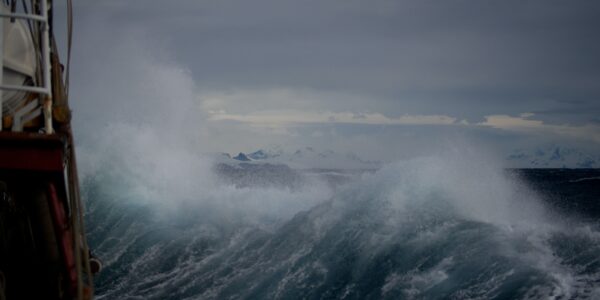
Changing jet stream patterns
Climate change can alter the behavior of the jet streams, which are high-speed winds in the upper atmosphere that influence weather patterns. A wavier and more meandering jet stream can lead to the intrusion of freezing Arctic air into lower latitudes, causing cold snaps and extreme cold events in regions that typically don't experience them.
Droughts
Climate change contributes to droughts by altering precipitation patterns, resulting in more prolonged and severe droughts in some regions. These droughts have far-reaching impacts on agriculture, water supplies, and ecosystems, leading to food and water shortages, economic losses, and ecosystem damage. Droughts also increase the risk of wildfires and have feedback effects that worsen climate change. Vulnerable populations are particularly affected by droughts.
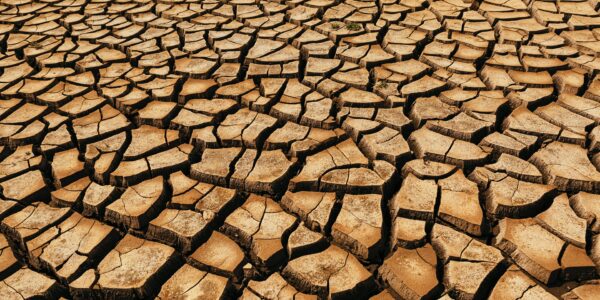
Wildfires
Climate change contributes to more frequent and severe wildfires by raising temperatures and disrupting precipitation patterns. These factors create drier conditions, making vegetation more prone to ignition. Extended fire seasons, increased lightning strikes, and urban expansion into fire-prone areas exacerbate the risk. Wildfires can have devastating ecological and human impacts, including habitat destruction, threats to communities, and air quality degradation. Additionally, wildfires release stored carbon into the atmosphere, contributing to further climate change.
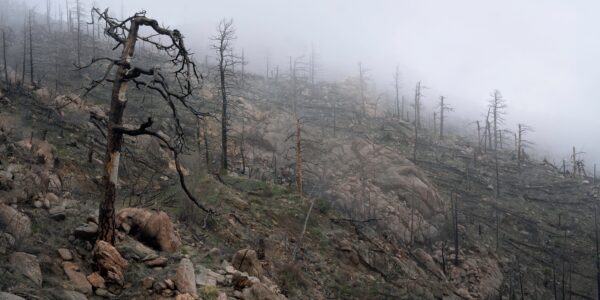
Melting glaciers and ice caps
Climate change, caused by rising greenhouse gas emissions, triggers the melting of glaciers and polar ice caps. This melting process is accelerated by higher temperatures and warmer oceans. As ice melts, it flows into the oceans, causing sea levels to rise. Rising sea levels have several significant consequences, including coastal flooding, more destructive storm surges, and disruption of freshwater sources in coastal regions due to saltwater intrusion. Melting ice also affects the global water cycle and can have ecological and climatic impacts, further worsen climate change.

Extreme cold snaps
Climate change can lead to extreme cold snaps in certain regions despite the overall warming trend. This occurs due to disruptions in atmospheric patterns, including shifts in the jet stream, Arctic amplification, and the formation of blocking high-pressure systems. These disruptions can allow freezing Arctic air to move into lower latitudes, resulting in unusual cold weather events. While extreme cold events are becoming less common globally, they can still occur regionally due to complex interactions within the climate system.

Ocean acidification
Climate change leads to ocean acidification as the excess carbon dioxide (CO2) in the atmosphere is absorbed by the oceans. This process lowers seawater pH, making it more acidic. Ocean acidification harms the marine ecosystems, especially organisms that rely on calcium carbonate to build shells and skeletons, which impairs reproduction and fisheries. Beyond its immediate ecological impacts, ocean acidification can also contribute to a feedback loop in climate change. As more CO2 is absorbed by the ocean, the seawater's buffering capacity decreases, potentially exacerbating climate change by reducing the ocean's ability to absorb future CO2 emissions.
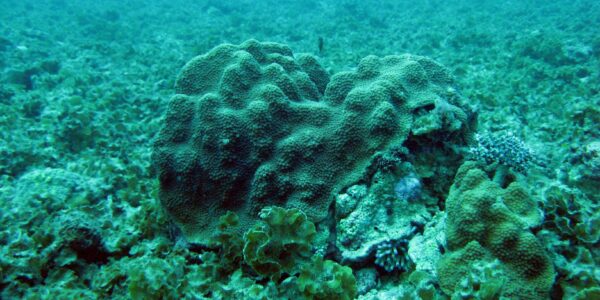
An alarming prospect
Scientists forecast that the world will experience more frequent and intense extreme weather events in the future due to ongoing climate change. As global temperatures continue to rise, the impacts on weather patterns are expected to become more pronounced. To monitor the evolving research on this rapidly evolving subject, Carbon Brief has endeavored to compile a comprehensive map of all published studies on extreme weather attribution, to the best of most recent knowledge. This map highlights the increasingly dire consequences of climate change, highlighting the necessity to reduce carbon emissions to safeguard our planet.
ecolegIT’s fight against climate change
ecolegIT is dedicated to combating climate change. Our innovative and comprehensive sustainability program is tailored specifically to the global mobility industry. With ecolegIT, we're not only offsetting carbon emissions from individual moves but also revolutionizing the entire relocation process, making it more sustainable through the integration of CO2 reduction with edge cutting technology. Through strategic partnerships with reputable forestry organizations, we're actively contributing to reforestation projects in developing countries such as Panama and Uruguay. This not only promotes environmental health but also significantly improves the lives of local communities. We provide moving companies with digital 'Verified Carbon Standard (VCS) certificates,' endorsed by the Verra organization, along with accessible online insights. This empowers companies like yours to take control of their emission compensations.
Join us on our journey to make a meaningful impact on our planet's future. Together, we must fight climate change and create a more sustainable world.

More news

Why Reforestation in Uruguay?
Discover how Cuchilla Grande's mild temperatures and ample rainfall create the perfect setting for trees to flourish and sequester carbon year-round.

Embracing Sustainable Transportation in the Moving Industry
Explore the eco-friendly revolution shaping global mobility in the moving industry. From electric vehicles to green logistics, we're reducing carbon footprints and embracing a responsible future.